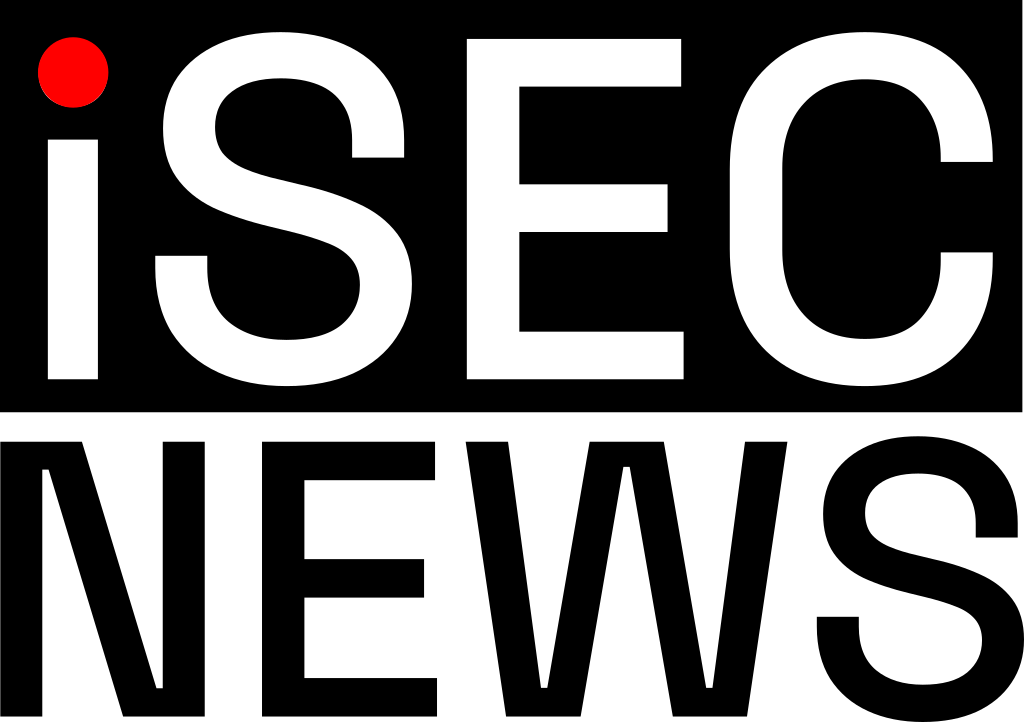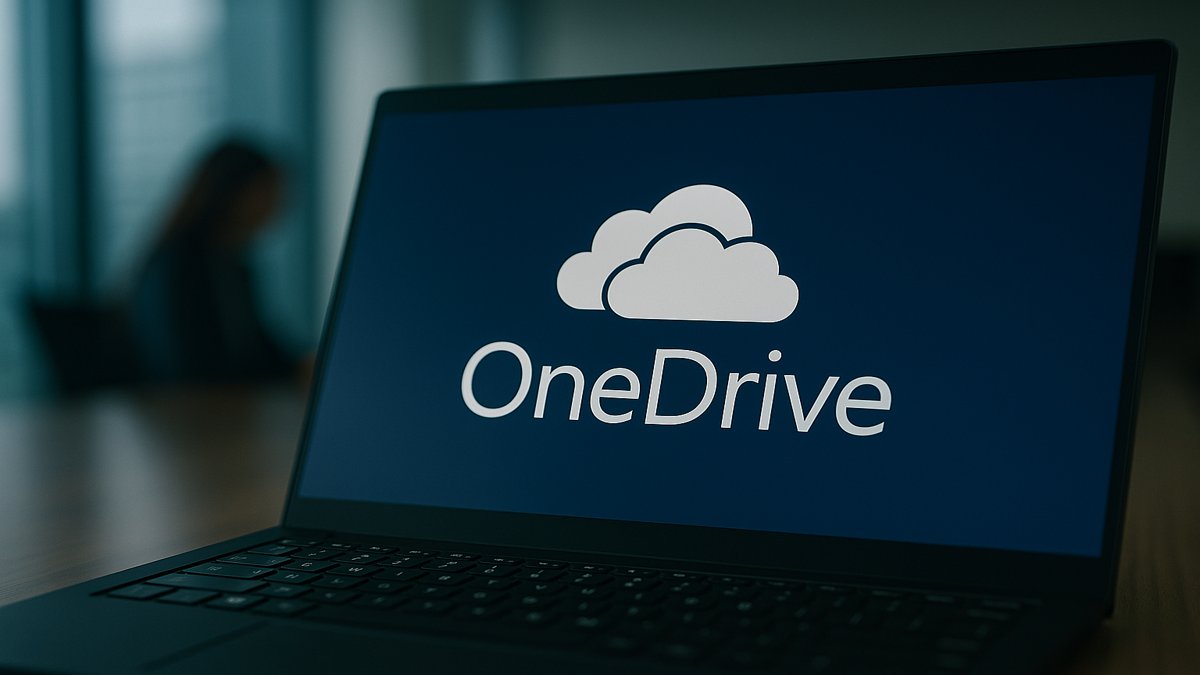Microsoft’s forthcoming changes to the OneDrive sync feature have sparked significant concern among cybersecurity experts. The feature, which will allow enterprise users to easily sync both personal and corporate OneDrive accounts on business devices, is intended to help corporate workers balance their personal and work lives. However, many IT leaders believe this change may lead to substantial security risks, including potential data leaks and compliance violations.
The rollout of the new feature, originally planned for May 11, has been delayed until June. Microsoft has not provided an explanation for this postponement, but the discussions on platforms like LinkedIn reflect widespread apprehension among security and IT professionals regarding the possible implications of the changes. As reported by Microsoft, the new feature aims to simplify the synchronization process; yet cybersecurity experts argue that it may inadvertently create vulnerabilities.
Jennifer Glenn, IDC Research Director, emphasized that the new syncing capability could exacerbate insider risks by allowing sensitive corporate information to inadvertently end up in personal accounts. This situation could lead to privacy violations if strict data access controls are not established. “This adds more data that the security team does not need or want to protect,” said Glenn, highlighting potential pitfalls in asset management as confidential items mix with personal files.
Experts like Christian Khoury, CEO of Easy Audit, voiced similar concerns, labeling the default settings as a “compliance nightmare.” He underscored the difficulty startups face in maintaining data cleanliness and compliance, stating that Microsoft’s changes blur the lines between personal and corporate data. “You open the door for corporate intellectual property to end up in someone’s personal drives, creating substantial audit challenges,” Khoury warned. Despite Microsoft’s promises of tools to mitigate risks, these features will only be successful if enterprises proactively manage their environments.

